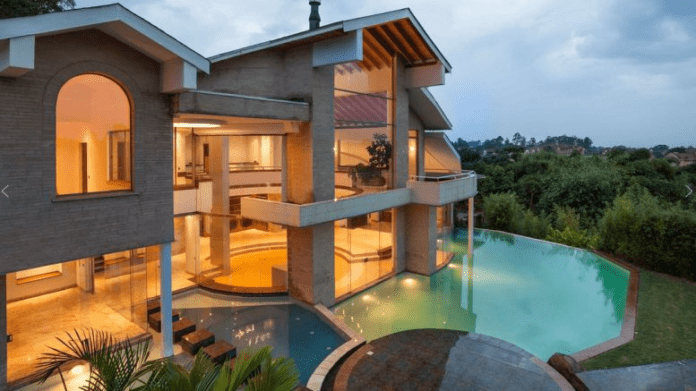Kenya’s High Net-Worth Individuals (HNWIs) increasingly sought prime real estate in the second half of 2024, particularly luxury homes available at reasonable prices, as they adapted to the economic challenges facing the country.
This surge in demand contributed to rising residential property prices, with sale values increasing by 8.27 percent year-on-year, compared to a 2.45 percent rise in 2023, according to Knight Frank’s Kenya Market Update report covering the latter half of 2024.
“Over the 12 months leading to December 2024, the prime residential sales index rose by 8.27 percent, a significant jump from the 2.45 percent recorded in the same period in 2023. Similarly, prime residential rental indices increased by 6.56 percent, up from 5.85 percent the previous year,” the report stated.
The demand for prime properties, particularly those priced affordably, was fueled by both high-net-worth individuals and expatriates. Knight Frank partly attributed this trend to a limited supply of such properties, as developers have shifted focus towards housing projects catering to middle- and low-income buyers.
In response to this demand, Knight Frank Africa introduced its premier continental collection, featuring high-end residential properties across Africa.
Additionally, the expanding middle class in Nairobi has played a key role in boosting the demand for quality housing. Data from the county government revealed that residential buildings accounted for 83.35 percent of the total value of approved building plans in the first three quarters of 2024.
“This increasing demand has led to zoning regulation changes in some areas, transforming places like Kilimani from low-rise residential zones to clusters of high-rise apartments. However, affluent neighborhoods such as Karen, Muthaiga, and Kitisuru have retained their exclusive, low-density character, maintaining their status as prime residential areas,” the report further noted.
A key trend in the market is the “build-to-sell” model, which is gaining popularity among middle-income earners aiming to become homeowners. Developers are focusing on selling apartments in Nairobi’s suburbs, including Westlands, Runda, Lower Kabete, and Kiambu Road.
Despite its appeal, this model has its challenges, particularly in property management. The presence of multiple owners—sometimes numbering in the hundreds—can complicate administration, with residents typically responsible for service charge payments.
Like other segments of the real estate industry, the residential market has faced hurdles due to Kenya’s economic challenges. Higher interest rates have escalated construction costs, pushing up property prices and discouraging potential buyers already feeling the strain of economic pressures.
“To navigate these challenges, developers are increasingly promoting off-plan investments as a cost-effective option. However, this approach has sparked mixed reactions, as fraudulent developers have left some buyers facing significant financial losses, causing hesitation in the market,” the report concluded.








